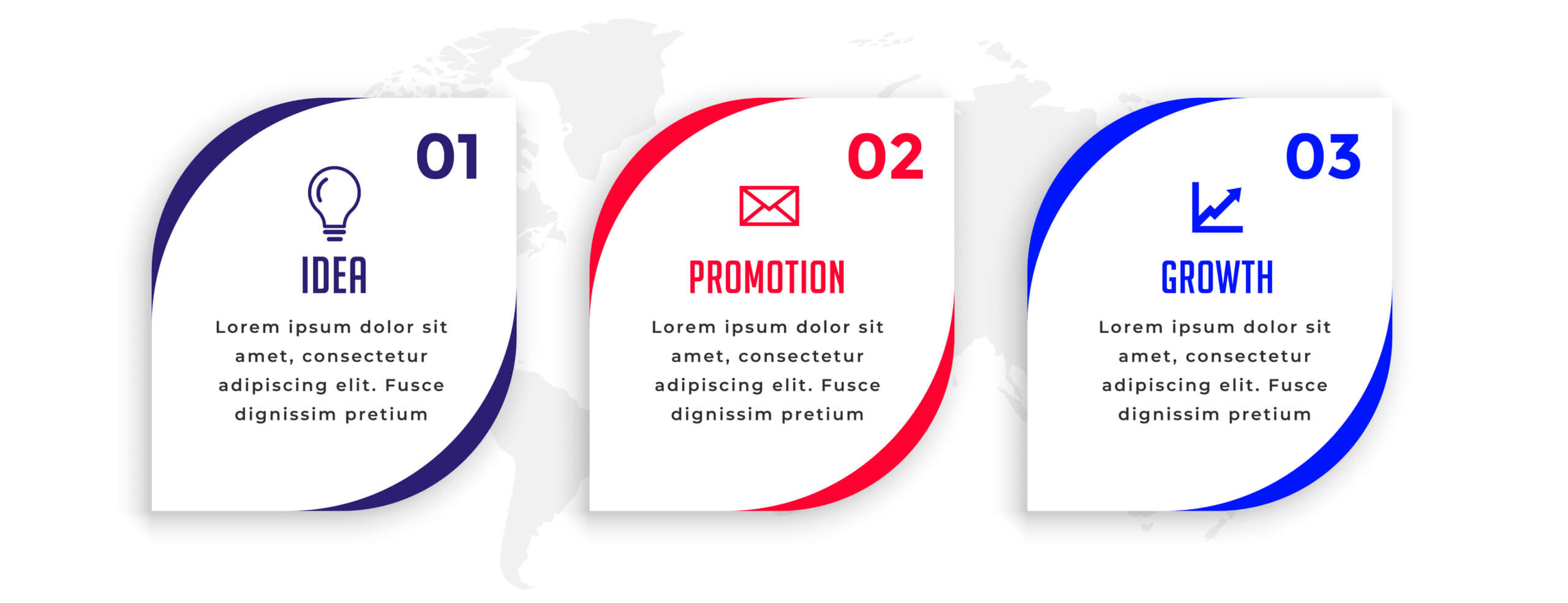 John was reluctant to present monthly results to his leaders. His heavily chart-laden slides either resulted in sleepy audiences, or in lots of questions, most of them off-topic. What to do?
John was reluctant to present monthly results to his leaders. His heavily chart-laden slides either resulted in sleepy audiences, or in lots of questions, most of them off-topic. What to do?
If your presentations are number-heavy, or if you are presenting financial data, you might want to try some of these tips to bring them to life, to clarify and streamline your main points, and to make them more engaging and more memorable.
- Use a strong headline to tell the story. Once we read the headline, we know what to look for when we glance at the numbers. For some audience members, the headline may be all they care to know.
- Round numbers for impact and recall. Sometimes exact numbers are necessary. Other times a round number does the job just fine. Which is easier to remember, 4,827,292 or 5 million?
- Show numbers visually when possible. Some speakers make their bar charts represented by an object (bushels of corn, number of rail cars, etc.) Others use graphical elements or infographics when showing statistics. I encourage you to learn more about these vibrant ways to visually express content.
- Use color to guide the eye and for emphasis. Since our brains notice what is different, one item in a different color will stand out. Or one column shaded will draw our eye to that column. But don’t go color-crazy; too many colors can just confuse.
- Avoid using 3D on charts and graphs. 2D objects are easier to understand, 3D adds complexity and can be confusing.
- Get rid of clutter, legends, and background grids unless they add distinct value. The more items on a chart, the more distracting. Keep it simple so the attention goes right where you want it.
- Make sure your slide is readable from the back of the room. Seriously. Walk to the back of the room and see for yourself. If it is an eye chart, do something different with that slide.
- Make sure trend lines are bold enough to clearly see. Sometimes graphs have a number of trend lines that all look alike, especially when projected on a slide. Take out what you don’t need, and bold the rest.
- Each chart should illustrate only one or two points. If you are trying to tell a story with numbers, show the audience one slide for one or two points. Then add to it with a build, or use more slides for more points.
- Use simple charts in place of spreadsheets. Spreadsheets have their place, but it is not on a slide. Blow up one part of the spreadsheet, or create a new chart to illustrate those points you wish to make. Leave the spreadsheets as a handout or a take-away if needed.
If you were John, which of these would you try? And which ones could you try next time you have a number-heavy presentation? Best wishes.
_________________________________________________
Author Gail Zack Anderson, founder of Applause, Inc. is a Twin Cities-based consultant who provides coaching and workshops for effective presentations, facilitation skills for trainers and subject matter experts, and positive communication skills for everyone. She can be reached at gza@applauseinc.net.
Web site: www.applauseinc.net
Blog: www.managementhelp.org/blogs
twitter: @ApplauseInc
 Sections of this topic
Sections of this topic
















